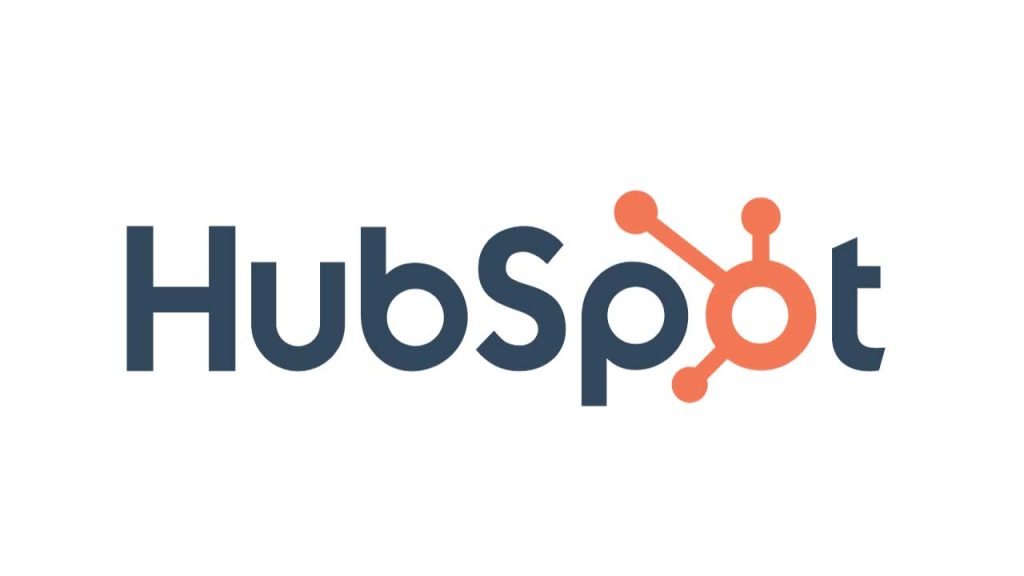HubSpot is a versatile CRM platform that offers powerful tools for marketing, sales, customer service, and operations. One of the most valuable features for businesses needing to manage real-time data is webhooks. Webhooks allow you to automate processes and synchronize data across multiple platforms by delivering real-time notifications about events as they happen.
By leveraging webhooks, businesses can streamline workflows and respond instantly to changes within their CRM system. In this guide, we’ll explore how to set up and use HubSpot’s webhooks effectively to ensure seamless real-time data synchronization across your platforms.
In this guide, we’ll dive deep into how to set up and use HubSpot’s webhooks to achieve seamless real-time data synchronization for your organization.

HubSpot is an all-in-one CRM platform designed to help businesses grow through its suite of tools for marketing, sales, customer service, and operations. Whether you’re looking to streamline processes, attract customers, or scale your business, HubSpot’s user-friendly platform offers powerful, integrated solutions to enhance your entire customer journey.
A webhook is a way for one application to send real-time data to another whenever a specific event occurs. Unlike typical API requests, where you have to continuously ask for data (also known as polling), webhooks deliver updates immediately when something changes. This makes webhooks an efficient solution for keeping data synchronized across different platforms.
In HubSpot, webhooks are especially useful for automating workflows and keeping your CRM in sync with other business applications, such as third-party tools for marketing, e-commerce, customer service, and more.
HubSpot’s CRM platform is designed to be the heart of your customer relationship management, storing data that spans your marketing, sales, and service functions. As your business grows, the need for real-time updates increases, especially when it comes to customer information, deal statuses, and activity logs. By leveraging webhooks, you ensure:
The setup process for HubSpot webhooks involves several key steps. Let’s walk through how to get everything in place:
The first step is identifying which events in HubSpot you want to trigger a webhook. HubSpot allows you to create webhooks for a variety of events, including:
To create webhooks, you’ll need to first register an app within HubSpot. Here’s how to do it:
Once your app is created, you need to set up subscriptions for the specific events you want to monitor. Each subscription corresponds to a certain type of event (e.g., contact creation, deal update).
Before pushing your webhooks into production, it’s a good idea to test them to ensure they are correctly set up and functioning as expected. HubSpot provides a testing environment where you can simulate events and verify that the data is being sent to the correct endpoint.
Once your webhooks are live, your external systems will start receiving real-time data from HubSpot. It’s important to set up your application to handle the incoming webhook data properly:
As you continue using HubSpot webhooks, monitoring their performance is crucial. You can track the number of webhooks sent, the success or failure of webhook delivery, and the response times from your system. HubSpot provides logs of webhook requests that you can use to troubleshoot issues.
Additionally, as your business grows, you may need to scale your webhook infrastructure. HubSpot allows you to manage large volumes of webhook traffic, but you’ll need to ensure that your servers can handle the increased load as well.
E-commerce Synchronization: Sync customer orders from HubSpot with your e-commerce platform, ensuring that every new deal is reflected in your inventory and order management systems.
Marketing Automation: Trigger personalized marketing campaigns whenever a contact fills out a form, subscribes to your newsletter, or reaches a new deal stage.
Customer Support Integration: Integrate HubSpot with your customer support tools (such as Zendesk or Freshdesk) to update tickets or customer profiles in real-time based on contact interactions in HubSpot.
HubSpot’s webhooks offer a powerful way to keep your data synchronized in real time, ensuring your business operates smoothly and efficiently. By following the steps outlined in this guide, you can automate key processes, reduce manual work, and ensure that your systems are always up-to-date.
If you’re ready to take your HubSpot integration to the next level, start exploring webhooks today and unlock the potential of real-time data synchronization for your business.
Looking to get started with HubSpot’s CRM and integrations? Click here to sign up for free.